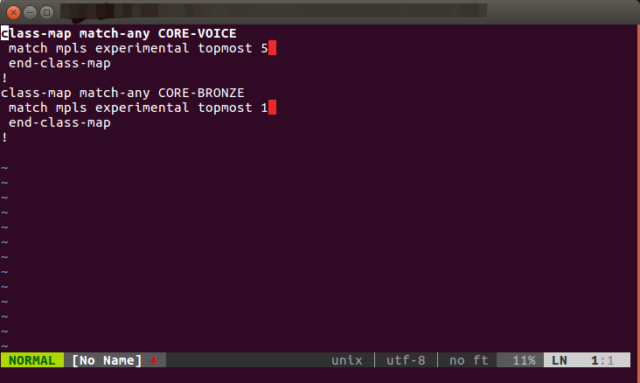I’m writing down this excerpt from “Poke the Box” by Seth Godin, as a reminder that we have to start and deliver. Even if it’s not the ideal solution for our application, program module, system integration, or network design. If we don’t have that initial stuff running we may procrastinate and spend all of our time just on research.
In the Pike Place Market in Seattle, you can still find the first Starbucks. There’s something wrong with it, though. It’s not quite right, not quite a Starbucks . The logo is different; the layout is different.
It turns out that the original Starbucks didn’t sell coffee.
They sold coffee beans and tea leaves and even herbs. But except for a sip or a taste of coffee brewed from a particular bean (drip, no espresso!), there was no cup of coffee to be had.
Starbucks was wrong. Jerry Baldwin, one of the founders, made a mistake. He thought the beans were the point, not the coffee. Left to Jerry’s vision of the future, Starbucks would certainly have failed. It took Howard Schultz, a trip to Italy, and an obsession with espresso to turn Starbucks into Starbucks. And Howard gets a lot of credit for making that happen.
But what if the “wrong” Starbucks had never been built? What if Jerry and his partners had said, “Well, we’re not sure if this bean thing is going to work, so let’s do nothing”? Without Jerry Baldwin and his flawed idea for a coffee bean store, there’d be no Frappuccino. One led to the other by the usual route, which is never a straight line.
The original Starship Enterprise was conceived by Matt Jefferies. It looked like a cross between a Frisbee and a can opener. Clearly wrong.
But Matt had the drive to deliver. He took the wrong start and revised and improved and innovated until the Enterprise we know and love came to be. The hardest part, it seems to me, was the first one, the wrong one.
Poking doesn’t mean right. In means action.

